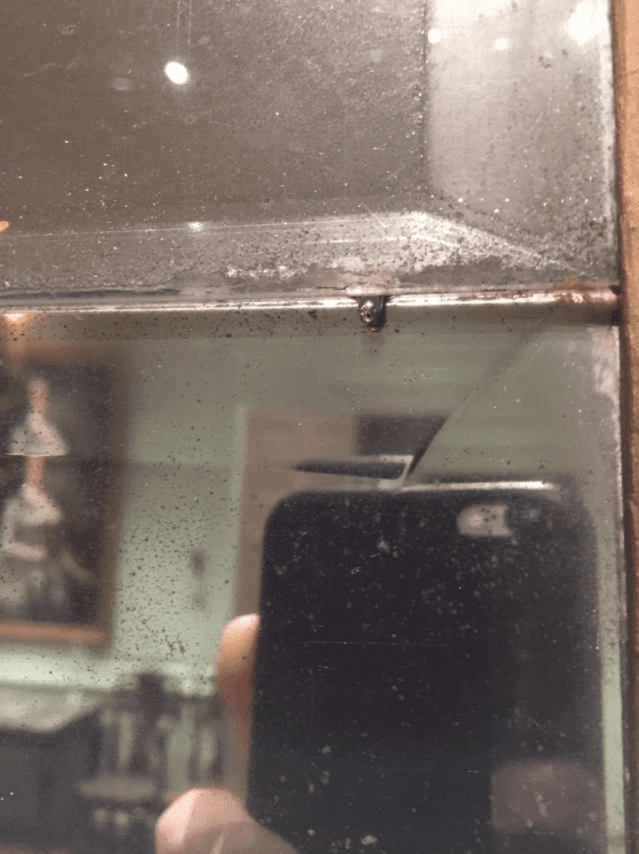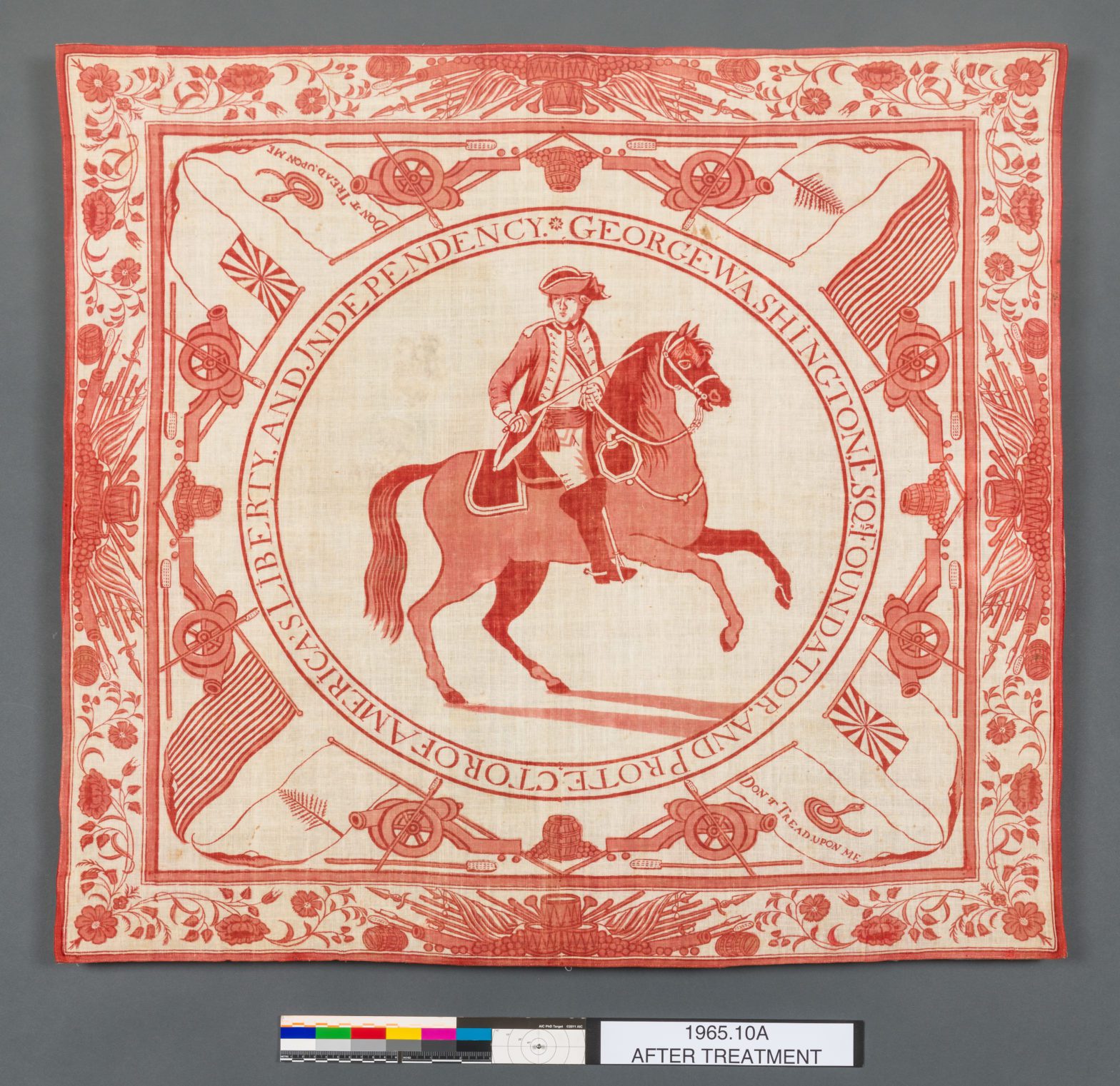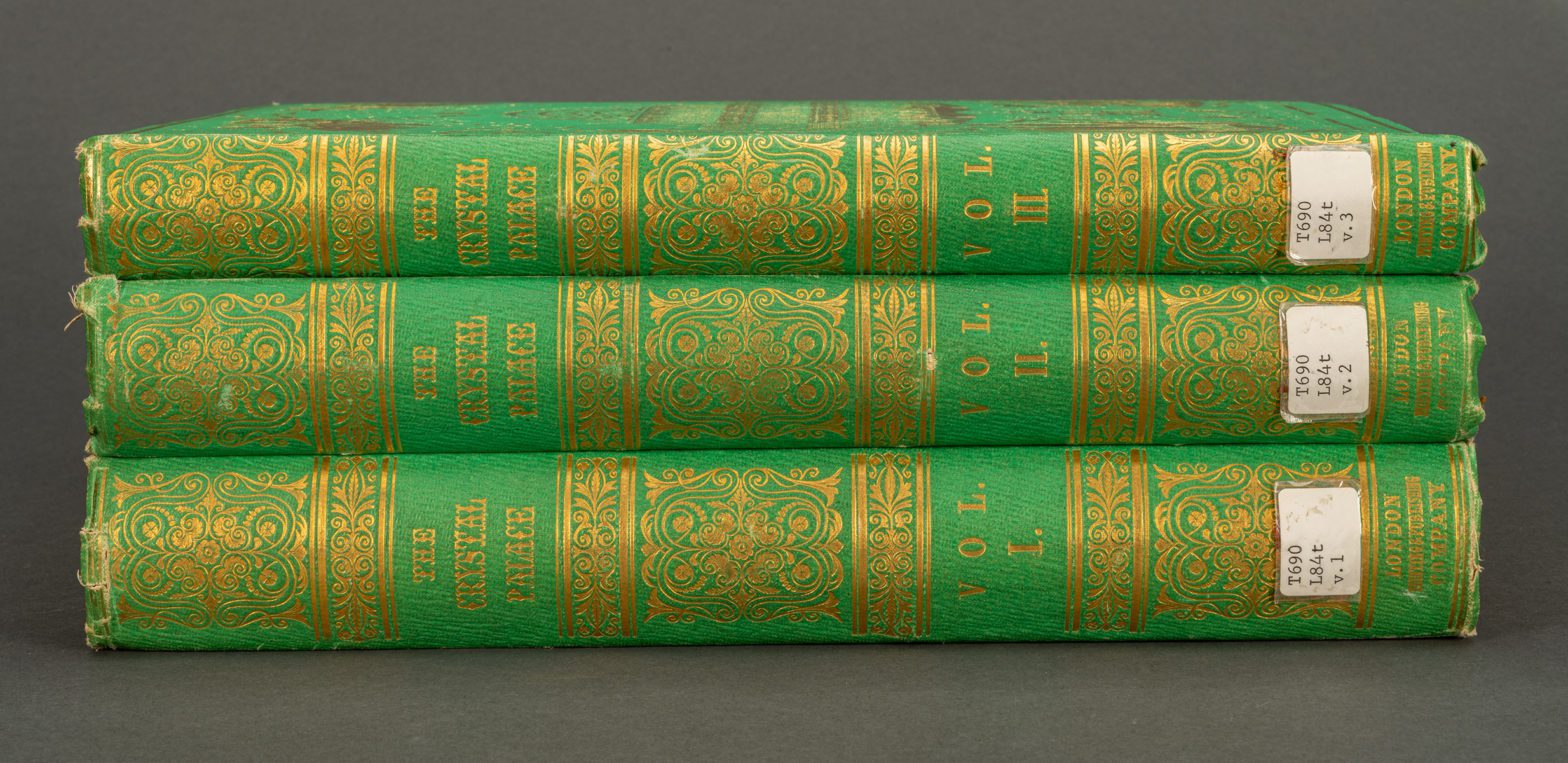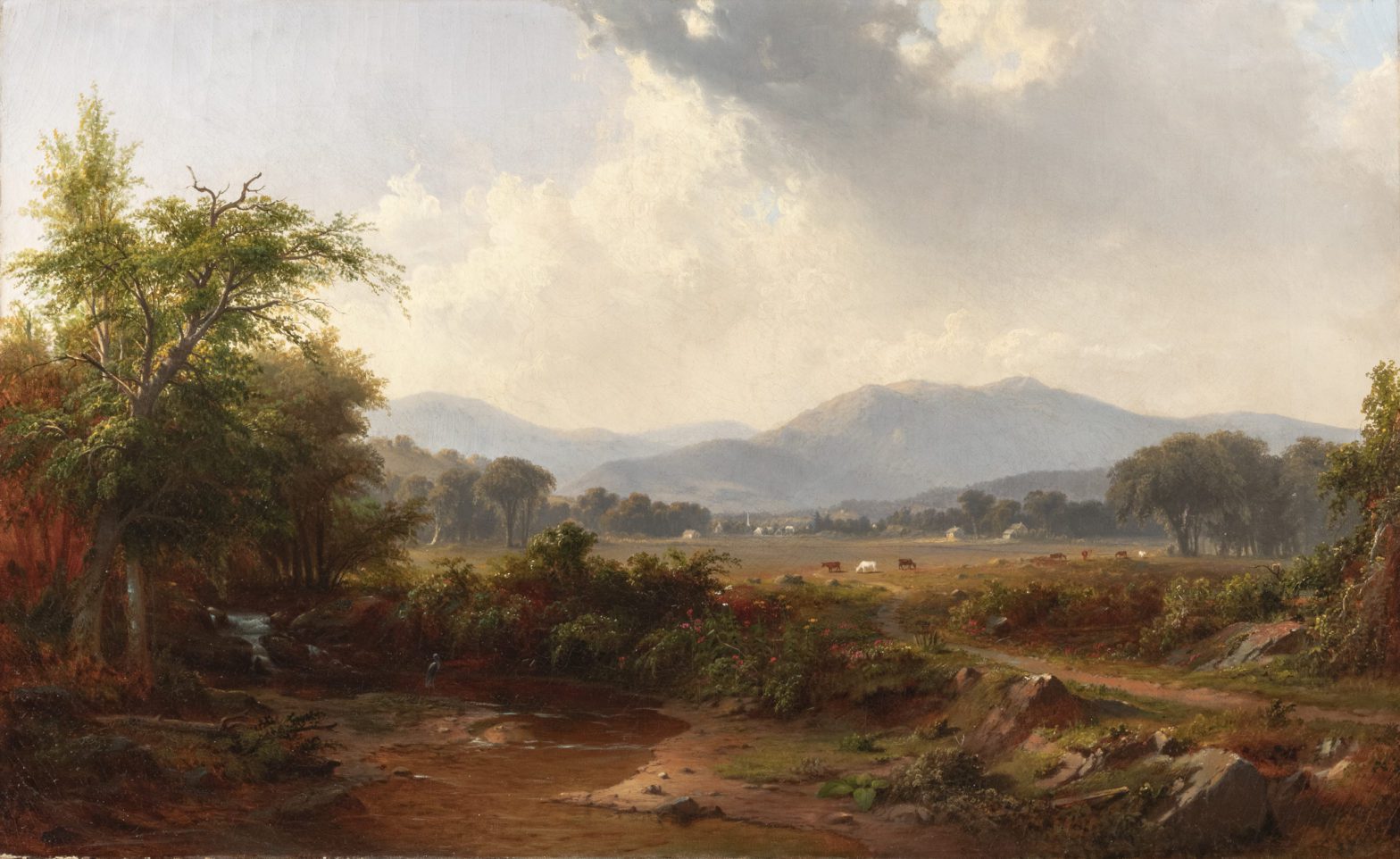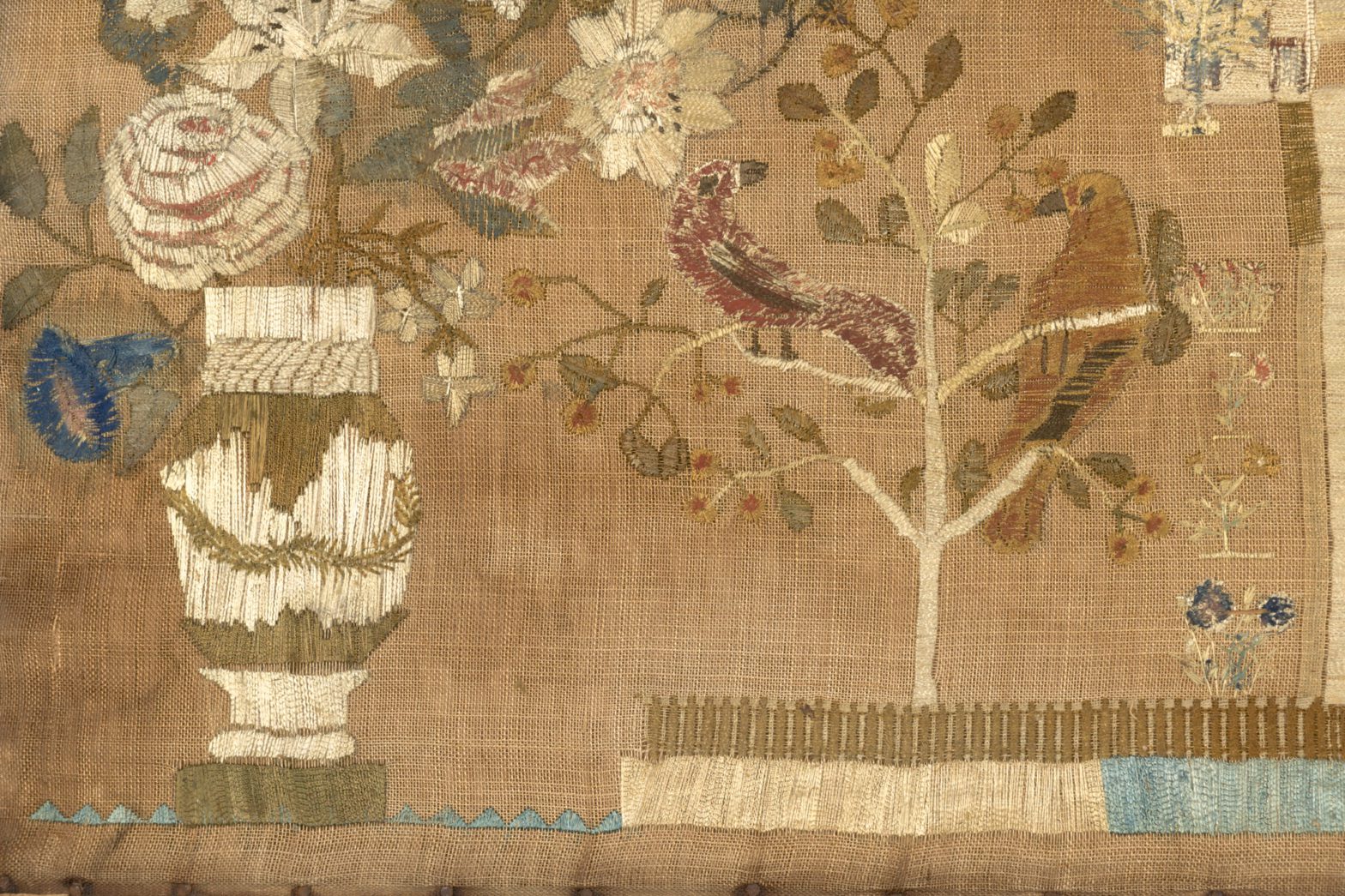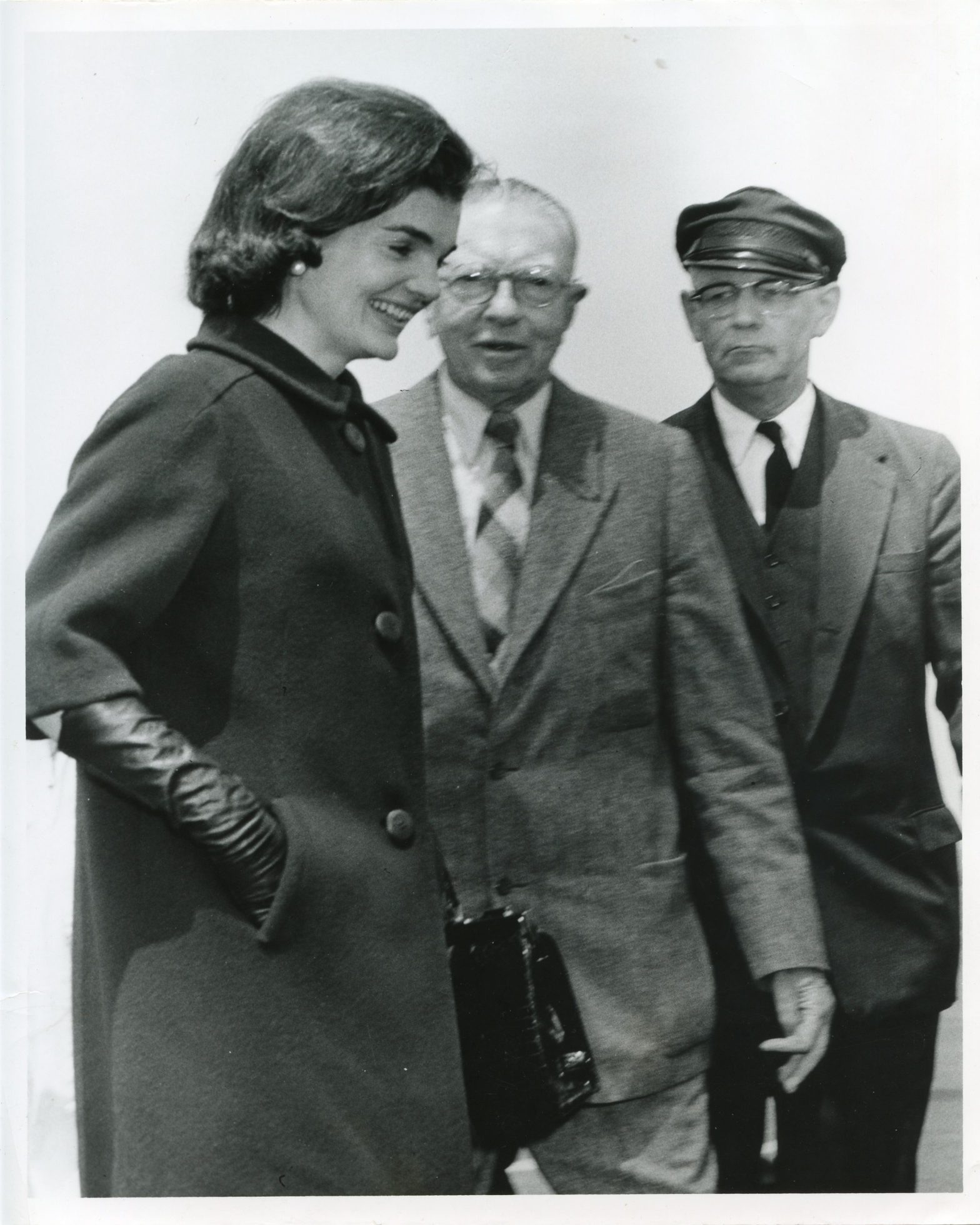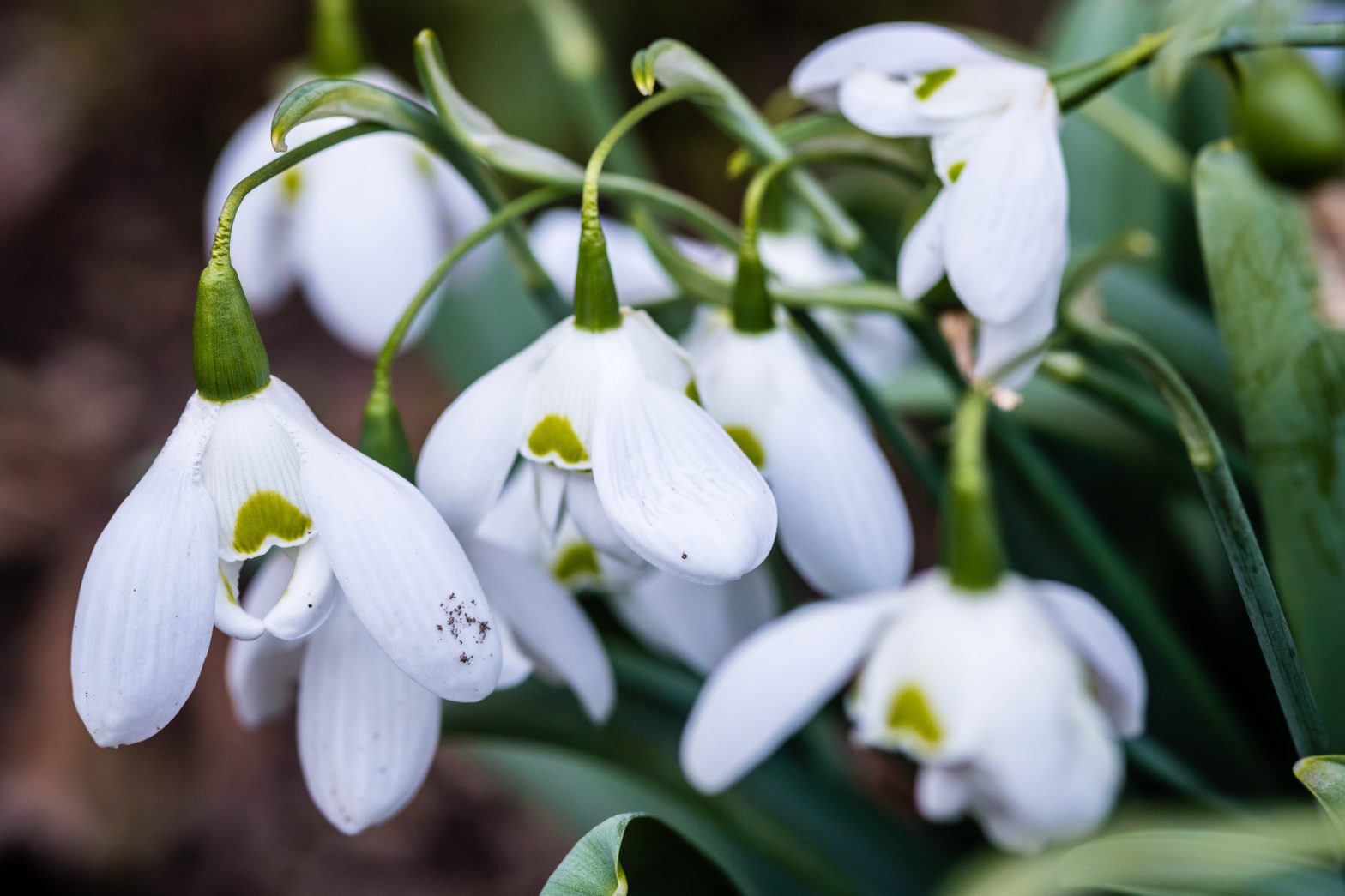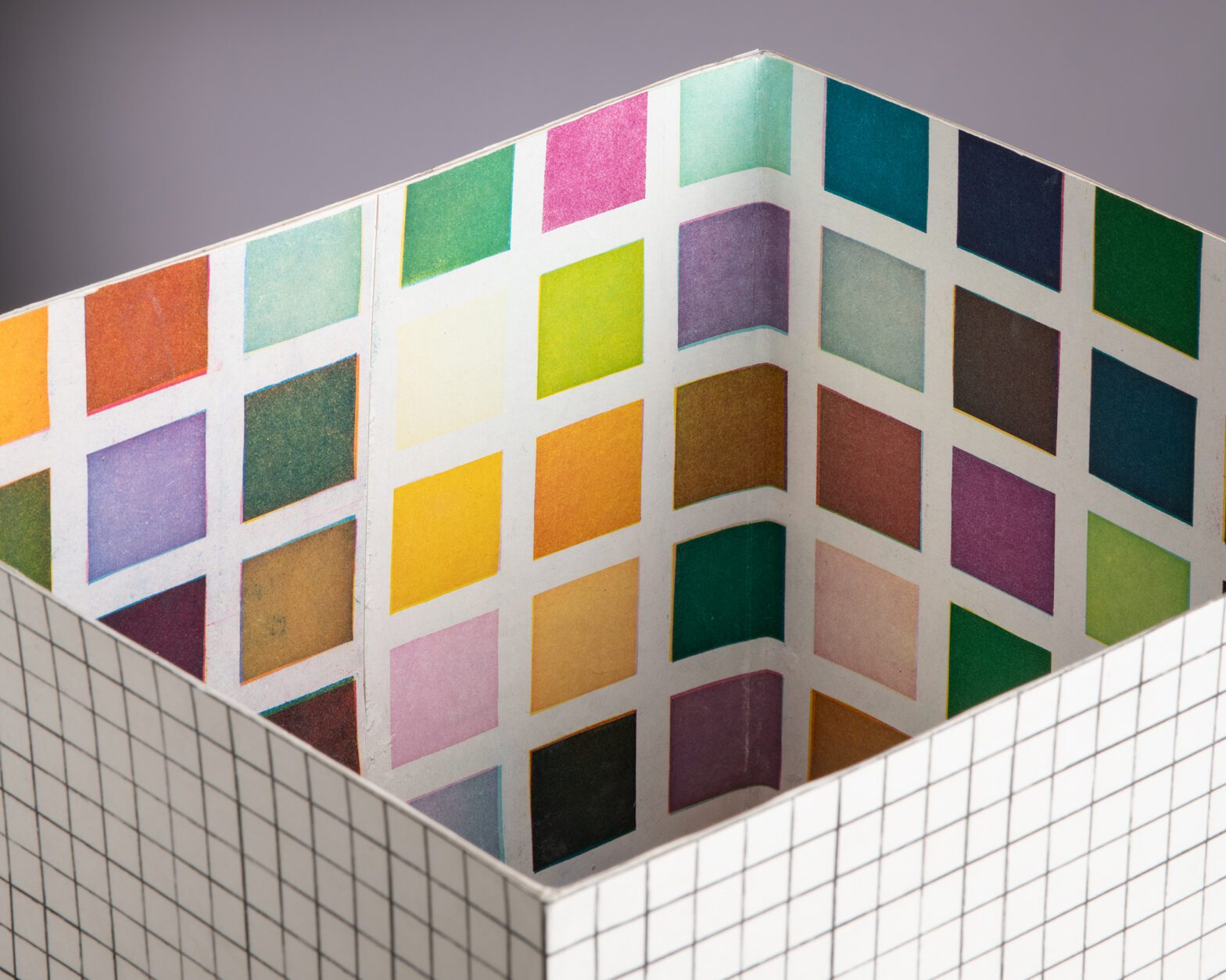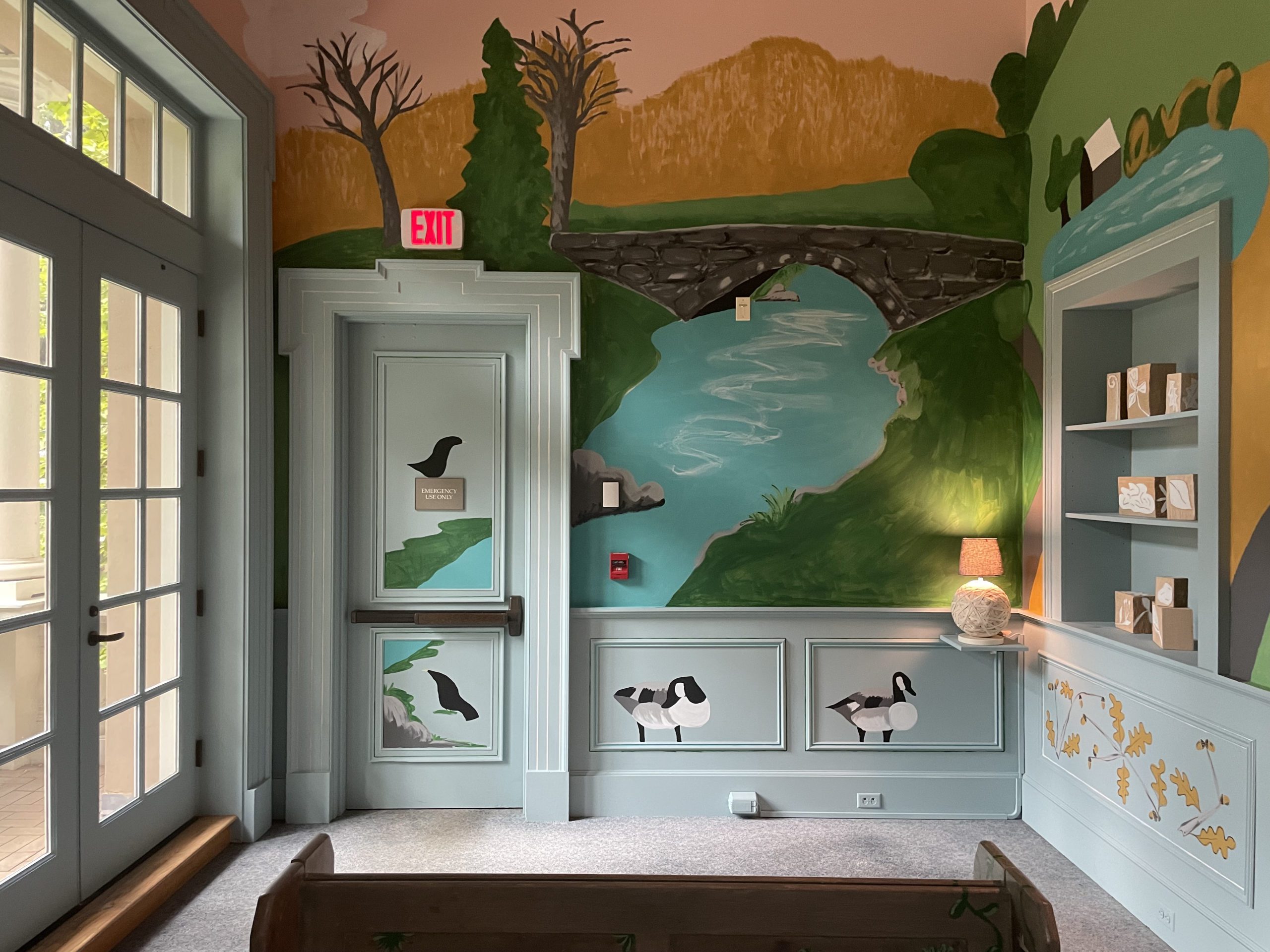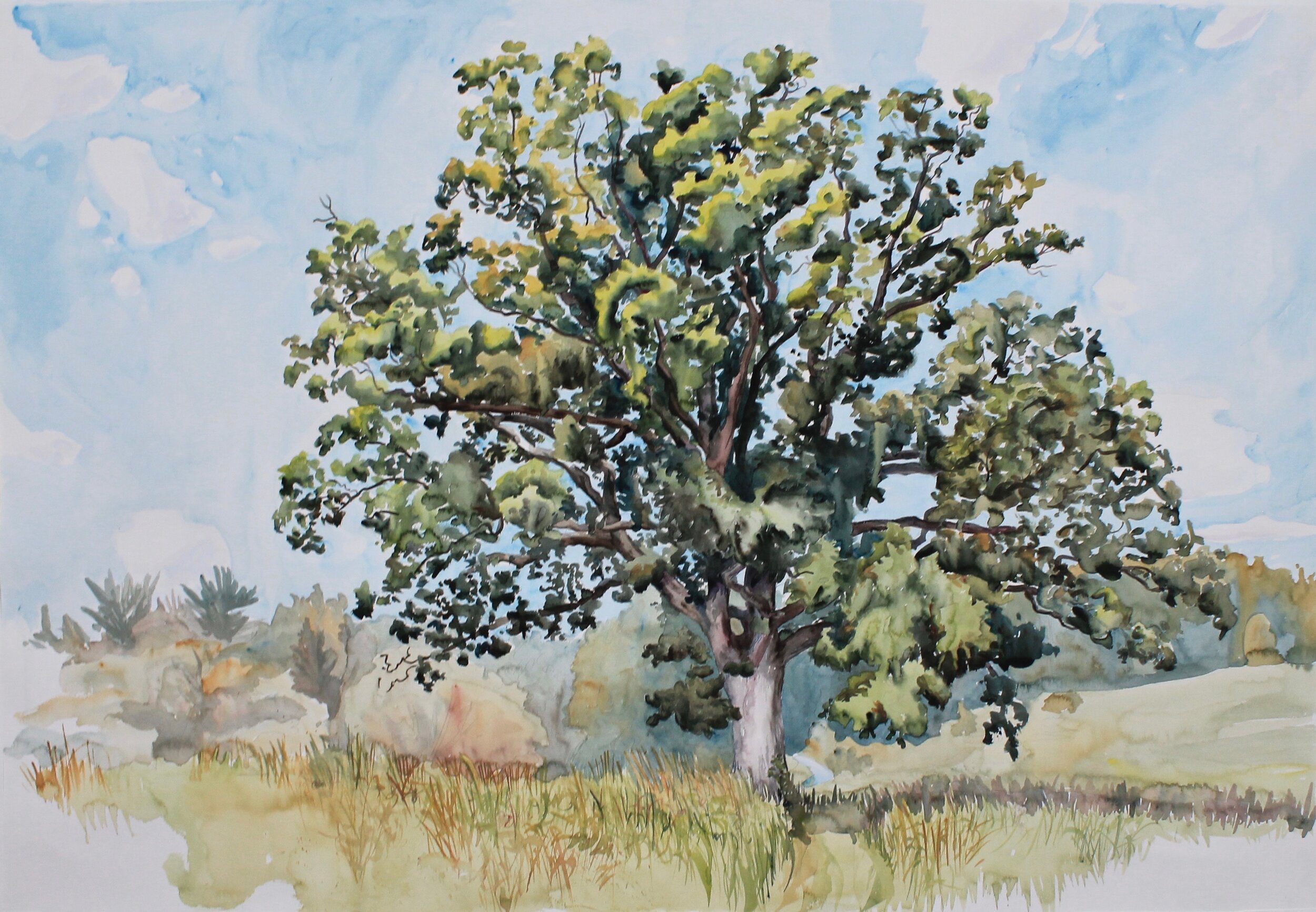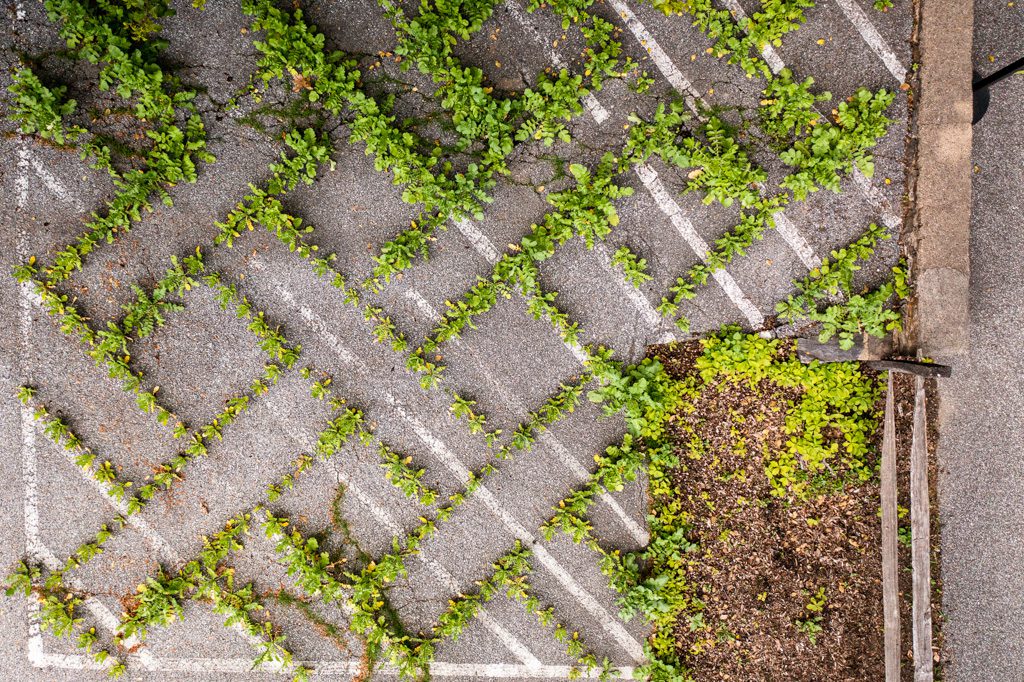Winterthur Bloom Report
Bloom Report #06
February 9, 2022
45 F, Sunny

Check these out:
- Snowdrops: Snowdrops (Galanthus species and varieties) are in bud or in bloom throughout the gardens. Some blooms can be seen in the Peony Garden along the walkway at the end of the Brown Center, in the Boxwood Garden on the Museum upper terrace, along the March Walk, and in the raised bed in the Museum east courtyard.
- Winter color: The willow-leaf cotoneaster (Cotoneaster salicifolia) has brilliant red berries and dark purple leaves for a great show of color in winter.
- Furry ‘winter coats’: The buds of the magnolias at Magnolia Bend and in the Sundial Garden are covered by fuzzy bud scales. The hairs that create the furry look are called trichomes.
.
ENTRANCE DRIVE AND PARKING AREA
ber Catalpa species (Catalpa – long, bean-like brown seed pods)
pb Hydrangea paniculata ‘Grandiflora’ (Pee Gee hydrangea – brown)
LAGOONS
ber Celastrus scandens (American bittersweet – yellow husks, orange berries)
SUMMER SHRUB SLOPE
pb Hydrangea paniculata ‘Grandiflora’ (Pee Gee hydrangea – brown)
PARKING AREA TO VISITOR CENTER
b Galanthus species (Snowdrop – white)
WALK FROM VISITOR CENTER TO UNDERPASS
fbb Galanthus elwesii (Giant snowdrop – white)
fb Hamamelis vernalis (Vernal witch hazel – rusty gold ‘ribbons’)
fb Hamamelis mollis ‘Pallida’ (Pale Chinese witch hazel – yellow ‘ribbons’)
fb Hamamelis ‘Wisley Supreme’ (Chinese witch hazel variety – yellow ‘ribbons’)
WALK FROM UNDERPASS TO MUSHROOM
fbb Galanthus elwesii (Giant snowdrop – white)
PEONY GARDEN
fb Galanthus ‘Faringdon Double’ (Snowdrop variety – white – along walkway at end of Brown Center)
b Galanthus species (Snowdrop – white)
AZALEA WOODS
fbb Galanthus elwesii (Giant snowdrop – white)
pb Hydrangea arborescens (Smooth hydrangea – brown)
LOWER AZALEA WOODS
b Galanthus species (Snowdrop – white)
UPPER/EAST TERRACE AND STEPS
fbb Camellia variety (Camellia variety – pink-tinged buds)
fbb Galanthus ‘Alan’s Treat’ (Snowdrop variety – white – 1 bud)
fbb Galanthus ‘E.A. Bowles’ (Snowdrop variety – white)
fbb Galanthus ‘Gloria’ (Snowdrop variety – white)
fb Galanthus ‘Louise Ann Bromley’ (Snowdrop variety – white)
fbb Galanthus ‘Madelaine’ (Snowdrop variety – white)
b Galanthus ‘Phantom’ (Snowdrop variety – white)
pf Galanthus ‘Potter’s Prelude’ (Snowdrop variety – white)
fbb Galanthus ‘Puck’ (Snowdrop variety – white)
b Galanthus ‘Starling’ (Snowdrop variety – white)
fbb Galanthus ‘Trymlet’ (Snowdrop variety – white)
fbb Galanthus ‘Wasp’ (Snowdrop variety – white)
b Jasminum nudiflorum (Winter jasmine – yellow)
fbb Lonicera fragrantissima (Fragrant honeysuckle – white)
fbb Pieris japonica ‘Dorothy Wycoff’ (Andromeda cultivar – rosy pink buds)
EAST FRONT OF MUSEUM & Around Corner
fb Galanthus ‘Castlegar’ (Snowdrop variety – white)
fbb Galanthus ‘Cowhouse Green’ (Snowdrop variety – white)
b Galanthus elwesii ‘Green Brush’ (Giant snowdrop variety – white)
fb Galanthus elwesii ‘Grumpy’ (Giant snowdrop variety – white)
fbb Galanthus elwesii ‘Natalie Garton’ (Giant snowdrop variety – white)
b Galanthus elwesii var. monostichtus (Giant snowdrop variety – white)
fb Galanthus ‘Fieldgate Prelude’ (Snowdrop variety – white)
b Galanthus ‘Fieldgate Superb’ (Snowdrop variety – white)
fb Galanthus ‘Gabriel’ (Snowdrop variety – white)
fbb Galanthus ‘Galatea’ (Snowdrop variety – white)
fbb Galanthus ‘George Elwes’ (Snowdrop variety – white)
fb Galanthus ‘Imbolc’ (Snowdrop variety – white)
b Galanthus ‘John Gray’ (Snowdrop variety – white)
fbb Galanthus ‘Mrs. Thompson’ (Snowdrop variety – white)
fb Galanthus ‘Mrs. Wrighton’s Double’ (Snowdrop variety – white – 1 plant, 1 flower)
fbb Galanthus plicatus ‘Diggory’ (Snowdrop variety – white)
fbb Helleborus ‘Brandywine’ (Lenten rose varieties – pink, white)
ber Ilex opaca (American holly – red berries – behind Bath House)
fbb Lonicera fragrantissima (Fragrant honeysuckle – white – along Garden Lane across from Bath House)
WALK FROM GLASS CORRIDOR TO REFLECTING POOL
fbb Galanthus elwesii (Giant snowdrop – white)
pb Hydrangea paniculata ‘Tardiva’ (Panicle hydrangea cultivar – brown)
WALK FROM FISH PONDS – THE GLADE – TO BRIDGE
b Galanthus species (Snowdrop – white)
pb Hydrangea arborescens (Smooth hydrangea – brown)
MARCH BANK
b Galanthus elwesii (Giant snowdrop – white)
MAGNOLIA BEND AND WALK ON SOUTH SIDE OF STREAM
fbb Galanthus elwesii (Giant snowdrop – white)
pb Hydrangea arborescens (Smooth hydrangea – brown)
pb Hydrangea quercifolia (Oak leaf hydrangea – brown)
GARDEN LANE
ber Crataegus viridis (Green hawthorn – red berries – few left)
ber Koelreuteria paniculata (Golden rain tree – brown seed pods)
fbb Viburnum farreri (Fragrant viburnum – pale pink to white)
ICEWELL TERRACE
b Galanthus species (Snowdrop – white)
TRAFFIC CIRCLE
ber Viburnum dilatatum ‘Xanthocarpum’ (Linden viburnum variety – ‘rusty’-yellow berries)
ENCHANTED WOODS
b Galanthus elwesii (Giant snowdrop – white)
b Galanthus species (Snowdrop – white)
pb Hamamelis virginiana (American witch hazel – yellow ‘ribbons’)
pb Hydrangea arborescens ‘Annabelle’ (Smooth hydrangea – brown)
pb Hydrangea arborescens ‘Grandiflora’ ‘Hills of Snow’ (Smooth hydrangea – brown)
pb Hydrangea quercifolia (Oakleaf hydrangea – brown)
OAK HILL–East Side
b Galanthus elwesii (Giant snowdrop – white)
b Galanthus nivalis (Common snowdrop – white)
ber Viburnum dilatatum ‘Xanthocarpum’ (Linden viburnum variety – ‘rusty’-yellow berries)
QUARRY, ADJACENT WALKS, AND OUTLET STREAM
b Galanthus species (Snowdrop – white)
fbb Mahonia bealei (Leatherleaf mahonia – green to brown buds)
fbb Pieris ‘Forest Flame’ (Andromeda variety – dark rosy-pink buds)
SYCAMORE HILL
ber Catalpa species (Catalpa – long, bean-like brown seed pods)
ber Cotoneaster salicifolia (Cotoneaster – bright red berries)
fbb Galanthus elwesii (Giant snowdrop – white)
WEST FRONT OF MUSEUM, COTTAGE, AND CLENNY RUN
fb Chimonanthus praecox ‘Lutea’ (Wintersweet variety – pale yellow)
fb Galanthus elwesii (Giant snowdrop – white)
pb Hydrangea arborescens (Smooth hydrangea – brown)
pb Hydrangea quercifolia (Oakleaf hydrangea – brown)
GARDEN LANE MEADOW – below Brown’s Woods
ber Catalpa species (Catalpa – long, bean-like brown seed pods)
Bloom Report presented by: Pauline Myers
Managing Mercury
From the end of the 15th to the mid-19th century, tin-mercury amalgams were most often used to create the reflective surfaces on mirrors. Scientists at Winterthur have found that at least two-thirds of the mirrors in the collection contain these amalgams. Unfortunately, they are inherently unstable. Over time, the amalgam deteriorates, producing dark spots and a less reflective surface due to corrosion of the tin and reversion of the mercury to its natural liquid form.
As the mercury drips from the mirrors, it scatters on surfaces below and evaporates. Due to the toxicity of the mercury, that process is a health and safety concern.
For many years, dripping mercury mirrors in storage have been placed inside plastic bags to contain mercury droplets. Recent projects by conservation students revealed that mercury vapor levels are elevated to unsafe ranges inside storage bags. The mirrors are now stored on wire racks with an acid-free corrugated tray below. The open storage provides airflow around the mirror, preventing buildup of mercury vapors, while the tray captures mercury droplets so they don’t fall onto the floor below.
If you have these mirrors in your collection, be sure to handle them with nitrile gloves and keep them in the display orientation. After handling, dispose of the gloves and thoroughly wash your hands.
Masking a Stain
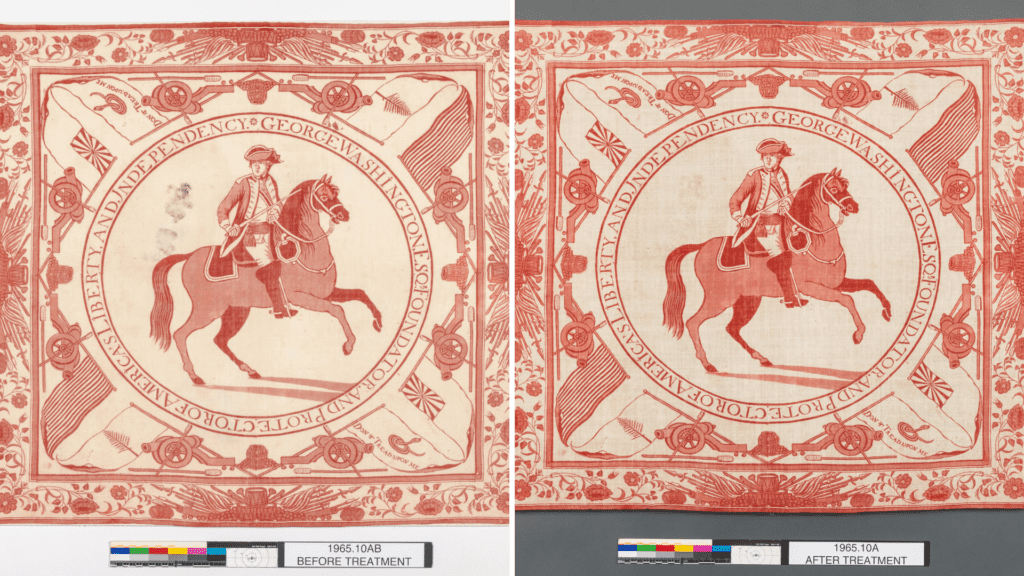
This rare, red-on-white printed handkerchief from the late 18th century shows General George Washington on horseback—and a large gray stain we wanted to reduce before it was exhibited in Hamilton & Burr: Who Wrote Their Stories? in 2019.
Past attempts to reduce the discoloration were minimally successful, so an unsightly muslin patch had been stitched over it. To improve its appearance, conservators need an exacting treatment to match the exacting block printing on both sides of the handkerchief.
Conservators first applied a series of poultices of cleaning solutions, chelators, and enzymes to the stain. The poultices reduced the gray coloration only minimally, so masking the stain remained the best treatment option.
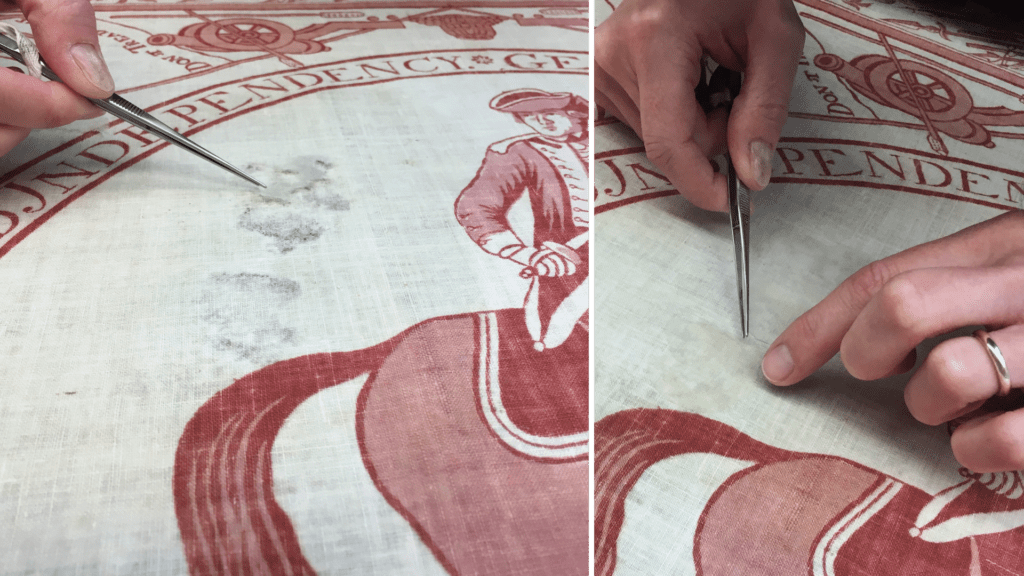
Conservators created the mask by tinting a sheer Japanese tissue and super-fine silk crepeline with fabric paints and dyes to match the color of the handkerchief. They shaped the tissue with a small, damp brush, then pulled the wet tissue apart to feather the edges. The shaped tissue was fixed over the darkest areas with a water-soluble paste of methyl cellulose and wheat starch, then a patch of crepeline was pasted over the entire stain.
The treatment successfully reduced the appearance of the discoloration while allowing the weave of the fabric to show through. A layer of gray fabric between the handkerchief and its support mount further reduces the appearance of staining. The water-based paste can be reactivated, which makes the treatment reversible.
After its display in Hamilton & Burr, the handkerchief—inconclusively attributed to textile printer John Hewson, of Philadelphia—was returned to its original location in the house in Bertrand Hall.
Uncovering Undercover Toxins
After discovering arsenic in some vintage books, a conservator spreads the word on safety.
Some people believe the ideas in books are dangerous, but sometimes it’s not the words but the books themselves that are toxic.
Dr. Melissa Tedone, head of the book and library materials conservation lab, was examining the green cloth on a second edition of Rustic Adornments for Homes of Taste from the Winterthur Library when she noticed the starched coating wasn’t behaving like other dyed cover cloths. She knew about widespread use of a pigment called emerald green in wallpapers of the 19th century, and she was familiar with recent literature about its toxicity. She wondered if the book cloth contained the same poisonous compound.
X-ray fluorescence of Rustic Adornments, conducted by Dr. Rosie Grayburn, head of the Scientific Research and Analysis Laboratory at Winterthur, revealed dangerous copper acetoarsenite, which gives emerald green pigment its peculiar hue. Emerald green was widely used in the 19th century by wallpaper manufacturers and textile makers and caused widespread health problems and even deaths in Europe. Subsequent testing of Tedone’s initial sample revealed toxic levels of arsenic. “It was a lot more than we expected,” Tedone says.
Testing of other green books in Winterthur’s circulating collection turned up four volumes with the toxic pigment, while another five volumes in the Rare Book Collection tested positive. All were of similar vintage (1840s–1860s) and of American or English imprint. Further tests revealed that the pigment is highly friable, meaning it offsets easily when handled.
A later visit to The Library Company of Philadelphia to scan green books of similar vintage revealed 28 arsenical books in its collection, which confirmed the trend. The height of popularity for emerald green pigment in book cloth was in the 1850s in England and the United States. “These bindings are very common in libraries and private collections,” Tedone says.
Owing to the color’s popularity at the time, an untold number of books could contain the compound, and those volumes are highly desired for their beautiful color and gold-decorated covers. Collectors and others need to know the health risks, as do library professionals and other users.
Tedone presented her initial findings and then further research at the Smithsonian Safety and Culture Heritage Summit in October 2019, the American Institute of Conservation Annual Meeting in May 2020, The Grolier Club in May 2021, and the Friends of the University of Delaware Library in November 2021. She is currently working with staff at the University of Delaware Library and the British Library to analyze their collections while working with health and safety experts to develop safe strategies for storing and using these books.
To help librarians, collectors, and booksellers identify arsenical books in their own collections, Winterthur has printed emerald-green color swatch bookmarks with information on identifying and handling these books.
For more information about the project, including how to request a color swatch bookmark, and safe handling tips for arsenical books, visit the frequently updated Poison Book Project site.
Object of the Month: Duncanson Painting
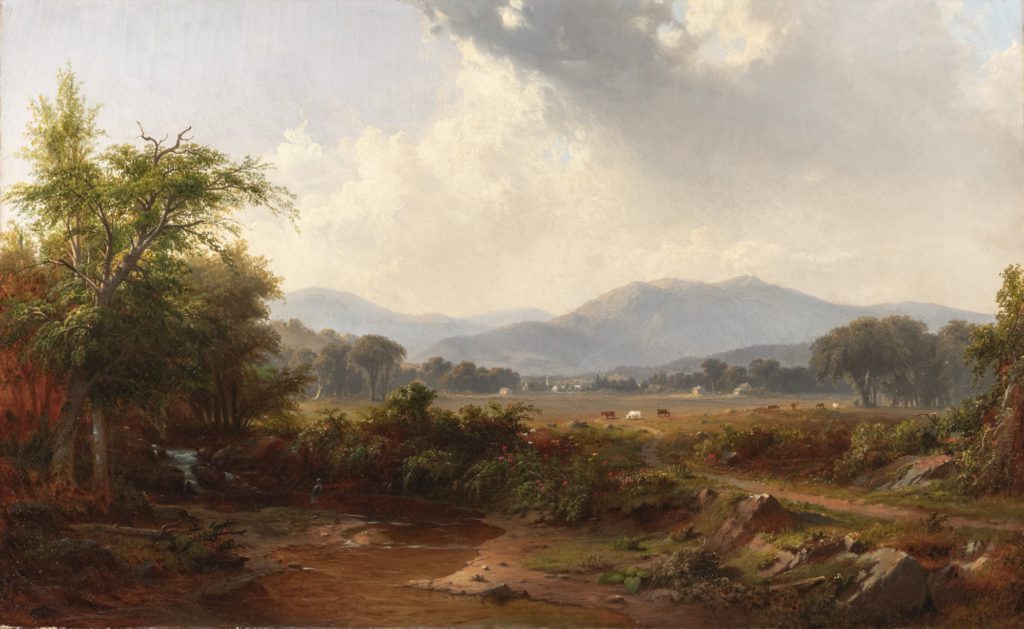
Landscape in the Smoky Mountains, Tennessee
To me, there are works of art that, because of their technique, novelty, aesthetic, history, or the force of their makers’ vision, are amazing to behold. Robert S. Duncanson’s Landscape in the Smoky Mountains, Tennessee is one of them. The beauty of this painting—the bucolic scene, the easy naturalism, the artist’s amazing technique—make it a standout compared to anything else in its class. I marvel, for example, at the elegant cursive that Duncanson uses to render the riffle and heron in the creek. I love the romantic quality, the way Duncanson amalgamated various parts of different landscapes to create something that is naturally impossible but utterly convincing. And it is so palpable. You can feel the humidity building under the clouds.
I see Duncanson’s body of work as evidence of a powerful will to self-actualize. His adopted home of Cincinnati was considered an art capital when he lived there in the mid-1800s. While working as a sign painter, he taught himself to paint a la the Hudson Valley School. He surely met the leading Black artists of the city. Supported by the abolitionist community, Duncanson would go on to travel extensively through the South to paint landscapes, which stokes my curiosity about him. I can’t help wondering what would compel a free Black man to risk his life and liberty simply to make art.
Duncanson may have been trying to build his reputation and increase the value of his work, despite the danger. (Some scholars believe his mixed ancestry may have reduced the risk by allowing him to pass as white.) Perhaps, as some scholars believe, he communicated abolitionist messages to enslaved people through metaphors and visual references in his painting.
I’m no scholar, so I can’t say. I simply prefer to think Duncanson’s life and work says something about the desire for beauty and the force of the creative urge. Is the drive to make art, is the experience itself, worth all risk? Naively, perhaps, I like to believe Duncanson thought so.
Mark Nardone, communications manager
Robert Seldon Duncanson, Landscape in the Smoky Mountains, Tennessee, Circa 1851–53
Museum purchase 2018.0037A
The Needle’s I: Stitching Identity
September 17, 2022–January 8, 2023
The Needle’s I: Stitching Identity examines how we work with needles and thread to create a sense of self. From historic samplers and clothing to contemporary pieces, the exhibition presents stitchers and stitchery from the 18th century to the present day and explores these makers, their marks, and their stories through themes of family, memory, and craft tradition. The exhibit is inspired by The Needle’s Eye: Women and Work in the Age of Revolution, Marla Miller’s important examination of 18th and early 19th-century identity, gender, and craft and moves it to the present day.
On October 6 and 7, The Needle’s I: Stitching Identity, A Winterthur Conference will explore the themes of the exhibition, further examining how we work with needles and thread to create a sense of self. Join visiting scholars, designers, artists, and Winterthur curators, conservators, and other staff for this two-day conference. Register now.
A True Tour de Force
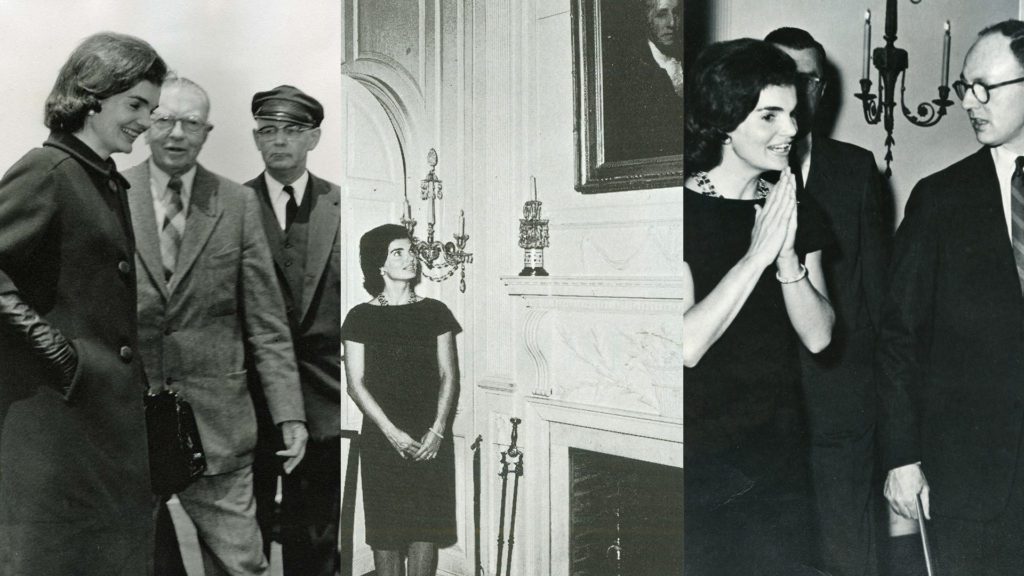
Jacqueline Kennedy’s 1962 televised look inside the White House influenced a generation. It took some help from Winterthur.
When First Lady Jacqueline Kennedy gave television viewers their first look at the newly restored interior of the White House, she broke ground in many ways—and she made a lasting impression.
“A Tour of the White House with Mrs. John F. Kennedy” is considered by some television scholars to be the first prime time documentary targeted to a female audience. Broadcast on the CBS and NBC networks on February 14, 1962, it was the most-watched television program of its day. By the time it was shown on ABC four days later, it had drawn 80 million viewers.
“My mother was still talking about it thirty years later, when I was contemplating a thesis topic and realized the connection between Winterthur and the White House project,” says Elaine Rice Bachmann, a former student in the Winterthur Program in American Material Culture and curator of the upcoming exhibition Jacqueline Kennedy and H. F. du Pont: From Winterthur to the White House. “Because the medium of television was well established by 1962, with one in nearly every home, and in a time before multiple channels were available, it meant that nearly every American watched this program.” Due to syndication, people in 50 countries eventually were able to view the tour.
Winterthur founder Henry Francis du Pont played a key role in the First Lady’s famous restoration of 1600 Pennsylvania Avenue. Kennedy, determined to turn the faded home into a place of beauty and historic value that was worthy of a head of state, undertook the project soon after her husband, John F. Kennedy, was inaugurated in January 1961. She personally invited du Pont, then considered the nation’s greatest collector of, and foremost authority on, American historical decoration, to chair her Fine Arts Committee. The committee—suggested by Winterthur Director Charles F. Montgomery—searched for and acquired the art and antiques needed to realize Kennedy’s vision. Du Pont gave scholarly credibility to the effort.
Seeing a need for a permanent steward of the White House collection, Kennedy named Lorraine Waxman Pearce, a graduate of the Winterthur Program in Early American Culture who worked as a registrar at Winterthur, the first curator of the White House in March 1961. By September of that year, Congress enacted legislation designating the White House a museum, and in November, the White House Historical Association was chartered.
“Everything in the White House must have a reason for being there,” Kennedy told Life magazine at the time. “It would be sacrilege merely to redecorate it—a word I hate. It must be restored, and that has nothing to do with decoration. That is a question of scholarship.”
Within the year, cameras captured the big reveal.
“I think what is important to acknowledge is that this was not just ‘celebrity’ watching, although the enormous popularity of Mrs. Kennedy cannot be underestimated,” Bachmann says. “It was considered an important educational event, watched by many children. The media widely applauded the First Lady for her efforts to share White House history and American history with the public.”
Kennedy’s televised tour was not scripted, Bachmann points out. The First Lady wrote her own notes, which she studied in advance of the taping. She specified the route through the White House—through the State Dining Room, and then through the iconic Red, Blue, and Green rooms—and decided what furnishings and art to discuss. “The producers documented that they never needed to reshoot any scenes with her,” Bachmann says. “She was a one-take wonder.” The performance earned Kennedy an honorary Emmy.
Three pages of Mrs. Kennedy’s handwritten notes for the program, generously loaned by the John F. Kennedy Presidential Library and Museum, will be on display in the Winterthur exhibition, as will correspondence between Kennedy and du Pont from the Winterthur collection.
The story of Kennedy and du Pont’s relationship and his influence on the restoration will also be told through beautiful objects, photos, and other documents. Jacqueline Kennedy and H.F. du Pont: From Winterthur to the White House opens May 7, 2022.
Until then, you can celebrate the 60th anniversary of the broadcast—and Valentine’s Day—by watching portions of “A Tour of the White House with Mrs. John F. Kennedy” via CBS’s Youtube.com channel.
Wearing Its Winter White
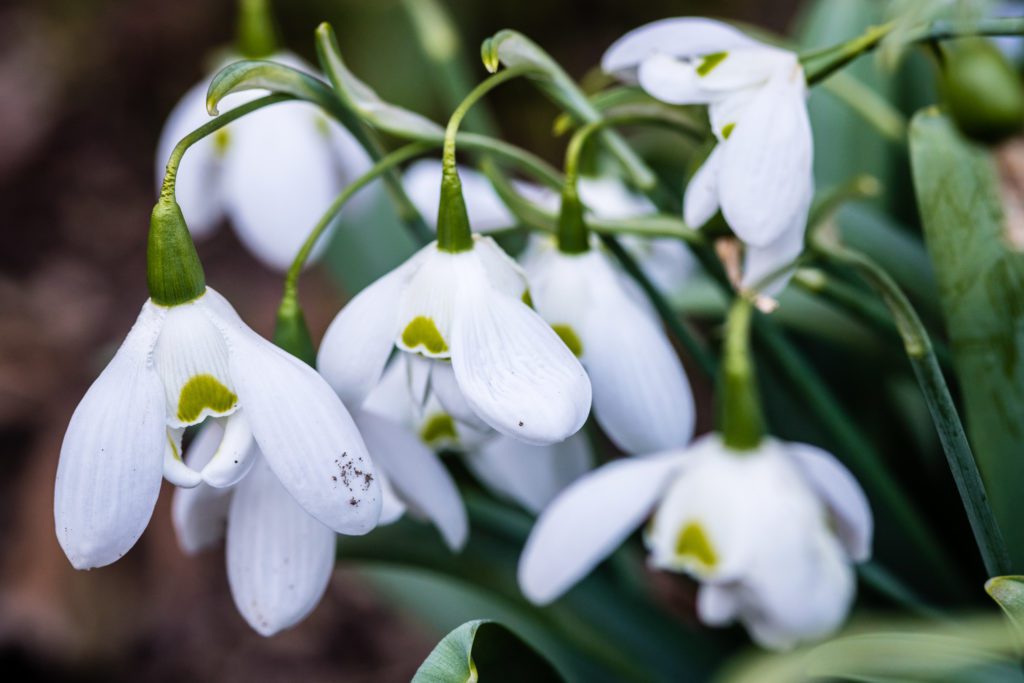
Our weeks-long bloom of snowdrops lightens the winter blues. See them while they last.
Henry Francis du Pont’s garden diaries for the winters of the 1920s and ’30s make many mentions of warm-weather golf and Galanthus, a flower known by the common name of snowdrop. By the 1940s, du Pont wrote that he enjoyed the blossoming of late winter so much, he no longer wished to spend the entire season at his home in Boca Grande, Florida. He wanted to return to Winterthur.
A symbol of spring and hope in Western art and literature, the snowdrop has since become one of the estate’s signature flowers, blooming reliably in vast carpets of white on the March Bank and in other garden areas starting as early as January, thanks to du Pont’s early experiments. You can start looking for them in all their glorious profusion now.
Galanthus describes a genus of about 20 species of small perennial bulbs that grow as two linear leaves bearing a single white, bell-shaped flower with delicate green markings. The blossom hangs like a drop. Native to Europe and western Asia, they naturalize easily, especially in deciduous woodlands, where du Pont planted them to extend the season of bloom across Winterthur’s 60 acres of natural garden. His earliest recorded sighting in a season was on December 7, 1931.
Du Pont planted seven different species and seven cultivars beginning in the early 1900s. Winterthur still has seven species—though a couple have replaced du Pont’s originals—and more than fifty cultivars. Winterthur’s garden team, always developing new ways to preserve du Pont’s singular vision, continues his experiments.
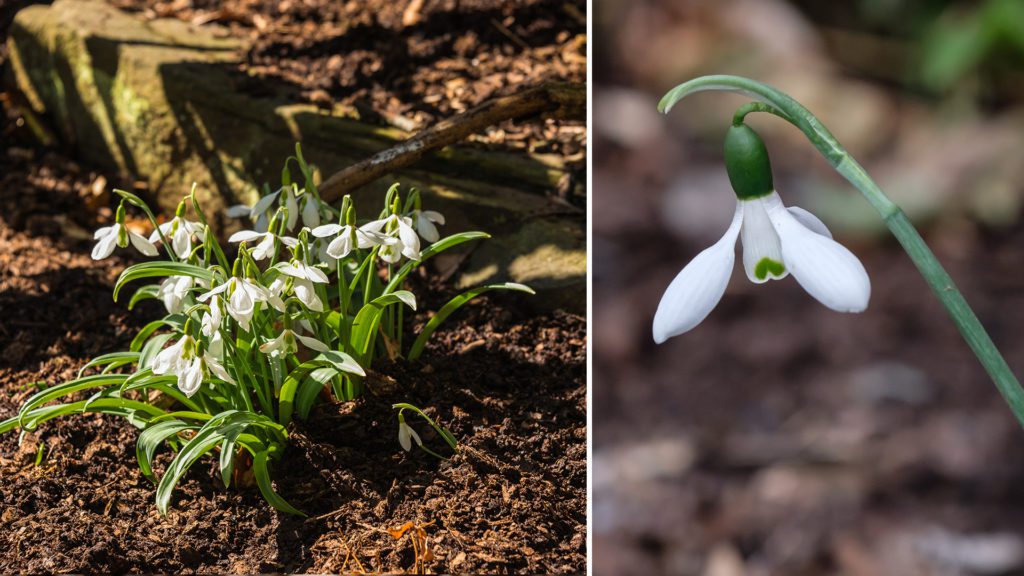
“We are trialing ones that flower earlier and later, ones with different flower forms such as doubles, and some with variations in green and yellow markings, all to extend the level of interest or the season,” says Linda Eirhart, director of horticulture and senior curator of plants. “They are primarily white with green markings, but there are subtle differences between the species and cultivars. It’s fun to look at them with that level of detail.”
Though individual plants keep their flowers for only a few weeks, the sequence of bloom times for the different species ensures touches or drifts of white across the estate from fall into spring.
Snowdrops are wonderful plants for home gardeners who are looking to create visual interest and color in winter, Eirhart says. Snowdrops layer well with hostas and ferns, grow in a variety of conditions, and require little maintenance. Large mail order companies offer a few species and cultivars. Look to specialty nurseries for more unusual ones.
Winterthur boasts one of the largest displays of snowdrops in the United States. Plan your visit around the weather. Mild weather brings the blooms sooner and stronger. The blossoms tighten up during especially frigid days, such as those in mid-January, but will open again on warmer days. You’ll find them into March.
Transformations: Contemporary Artists at Winterthur
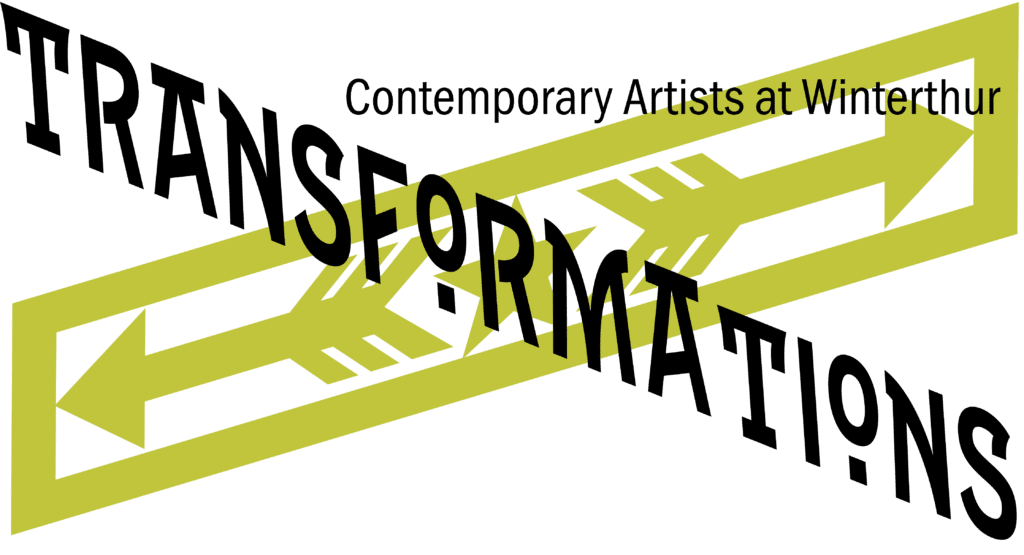
June 8, 2024–January 5, 2025
Winterthur connects the past and the present in an exciting new exhibition showcasing contemporary art. Transformations features more than thirty nationally recognized artists whose work draws inspiration from the historic collections of the museum, garden, and library. Discover how the old influences the new—forging connections across communities, transforming our perspectives about history, and commenting on our lives today. These artistic expressions reflect each artist’s connection to the fine craftsmanship and design in Winterthur’s collection of decorative arts and archival materials as well as its naturalistic garden and landscape.
Transformations is an ongoing project that began in the spring of 2021. Explore the online exhibition now to see current and past works. Then visit the Galleries beginning in June to experience more, in person. Don’t miss this one-of-a-kind collaboration!
About Winterthur’s Maker–Creator Research Fellowship
Most of the artists in Transformations took part in the Maker–Creator Research Fellowship program, which invites artists, writers, filmmakers, horticulturists, craftspeople, and other creative professionals to immerse themselves in Winterthur’s collections. The fellowship provides a stipend and gives access to the museum and estate for research. Works resulting from the fellowships are on view in the galleries and garden. For more information and to apply, visit our Fellowships page.
Artists
Transformations is an ongoing project that began in spring 2021. Explore the Transformations online exhibition for more information on current and past works. This list of participating artists will be updated as new maker-creators are included in the exhibition.
On View
<a href="https://www.winterthur.org/kate-sekules/" class="read-more" ><span class="sr-only">Click to read more</span>More Info</a>
<a href="https://www.winterthur.org/bandbox-collective/" class="read-more" ><span class="sr-only">Click to read more</span>More Info</a>
<a href="https://www.winterthur.org/gregg-moore-and-omar-tate/" class="read-more" ><span class="sr-only">Click to read more</span>More Info</a>
<a href="https://www.winterthur.org/jerome-bias/" class="read-more" ><span class="sr-only">Click to read more</span>More Info</a>
<a href="https://www.winterthur.org/lauren-francis-adams/" class="read-more" ><span class="sr-only">Click to read more</span>More Info</a>
<a href="https://www.winterthur.org/kirin-joya-makker/" class="read-more" ><span class="sr-only">Click to read more</span>More Info</a>
<a href="https://www.winterthur.org/joey-quinones/" class="read-more" ><span class="sr-only">Click to read more</span>More Info</a>
<a href="https://www.winterthur.org/the-chairmakers-toolbox/" class="read-more" ><span class="sr-only">Click to read more</span>More Info</a>
<a href="https://www.winterthur.org/ellie-richards/" class="read-more" ><span class="sr-only">Click to read more</span>More Info</a>
<a href="https://www.winterthur.org/kathryn-sullivan/" class="read-more" ><span class="sr-only">Click to read more</span>More Info</a>
<a href="https://www.winterthur.org/kelly-harris/" class="read-more" ><span class="sr-only">Click to read more</span>More Info</a>
<a href="https://www.winterthur.org/aspen-golann/" class="read-more" ><span class="sr-only">Click to read more</span>More Info</a>
<a href="https://www.winterthur.org/rebecca-gilbert/" class="read-more" ><span class="sr-only">Click to read more</span>More Info</a>
<a href="https://www.winterthur.org/jennifer-steverson/" class="read-more" ><span class="sr-only">Click to read more</span>More Info</a>
<a href="https://www.winterthur.org/alka-raman/" class="read-more" ><span class="sr-only">Click to read more</span>More Info</a>
<a href="https://www.winterthur.org/elaine-k-ng/" class="read-more" ><span class="sr-only">Click to read more</span>More Info</a>
<a href="https://www.winterthur.org/margaret-oneil/" class="read-more" ><span class="sr-only">Click to read more</span>More Info</a>
<a href="https://www.winterthur.org/alexandra-cade-and-tommy-dougherty/" class="read-more" ><span class="sr-only">Click to read more</span>More Info</a>
<a href="https://www.winterthur.org/daniel-feinberg/" class="read-more" ><span class="sr-only">Click to read more</span>More Info</a>
<a href="https://www.winterthur.org/richard-saja/" class="read-more" ><span class="sr-only">Click to read more</span>More Info</a>
<a href="https://www.winterthur.org/samara-weaver/" class="read-more" ><span class="sr-only">Click to read more</span>More Info</a>
<a href="https://www.winterthur.org/heather-ossandon/" class="read-more" ><span class="sr-only">Click to read more</span>More Info</a>
<a href="https://www.winterthur.org/sharon-williams/" class="read-more" ><span class="sr-only">Click to read more</span>More Info</a>
<a href="https://www.winterthur.org/andrew-raftery/" class="read-more" ><span class="sr-only">Click to read more</span>More Info</a>
<a href="https://www.winterthur.org/beyond-transformations-stefania-urist/" class="read-more" ><span class="sr-only">Click to read more</span>More Info</a>
<a href="https://www.winterthur.org/a-place-to-remember/" class="read-more" ><span class="sr-only">Click to read more</span>More Info</a>
<a href="https://www.winterthur.org/beyond-transformations-elissa-edwards/" class="read-more" ><span class="sr-only">Click to read more</span>More Info</a>
<a href="https://www.winterthur.org/beyond-transformations-nottene/" class="read-more" ><span class="sr-only">Click to read more</span>More Info</a>
Past Installations
<a href="https://www.winterthur.org/fashioned-from-the-garden-transforming-natural-materials-into-fashion-inspired-by-the-work-of-ann-lowe/" class="read-more" ><span class="sr-only">Click to go to link</span>More Info</a>
<a href="https://www.winterthur.org/fashioned-from-the-garden-transforming-natural-materials-into-fashion-inspired-by-the-work-of-ann-lowe/" class="read-more" ><span class="sr-only">Click to go to link</span>More Info</a>
<a href="https://www.winterthur.org/beyond-transformations-deirdre-murphy/" class="read-more" ><span class="sr-only">Click to read more</span>More Info</a>
<a href="https://www.winterthur.org/beyond-transformations-stefania-urist/" class="read-more" ><span class="sr-only">Click to read more</span>More Info</a>
<a href="https://www.winterthur.org/beyond-transformations-rob-finn/" class="read-more" ><span class="sr-only">Click to read more</span>More Info</a>
The Artists & The Muse
Enjoy these behind-the-scenes features and get a glimpse of the artists’ creative process.

